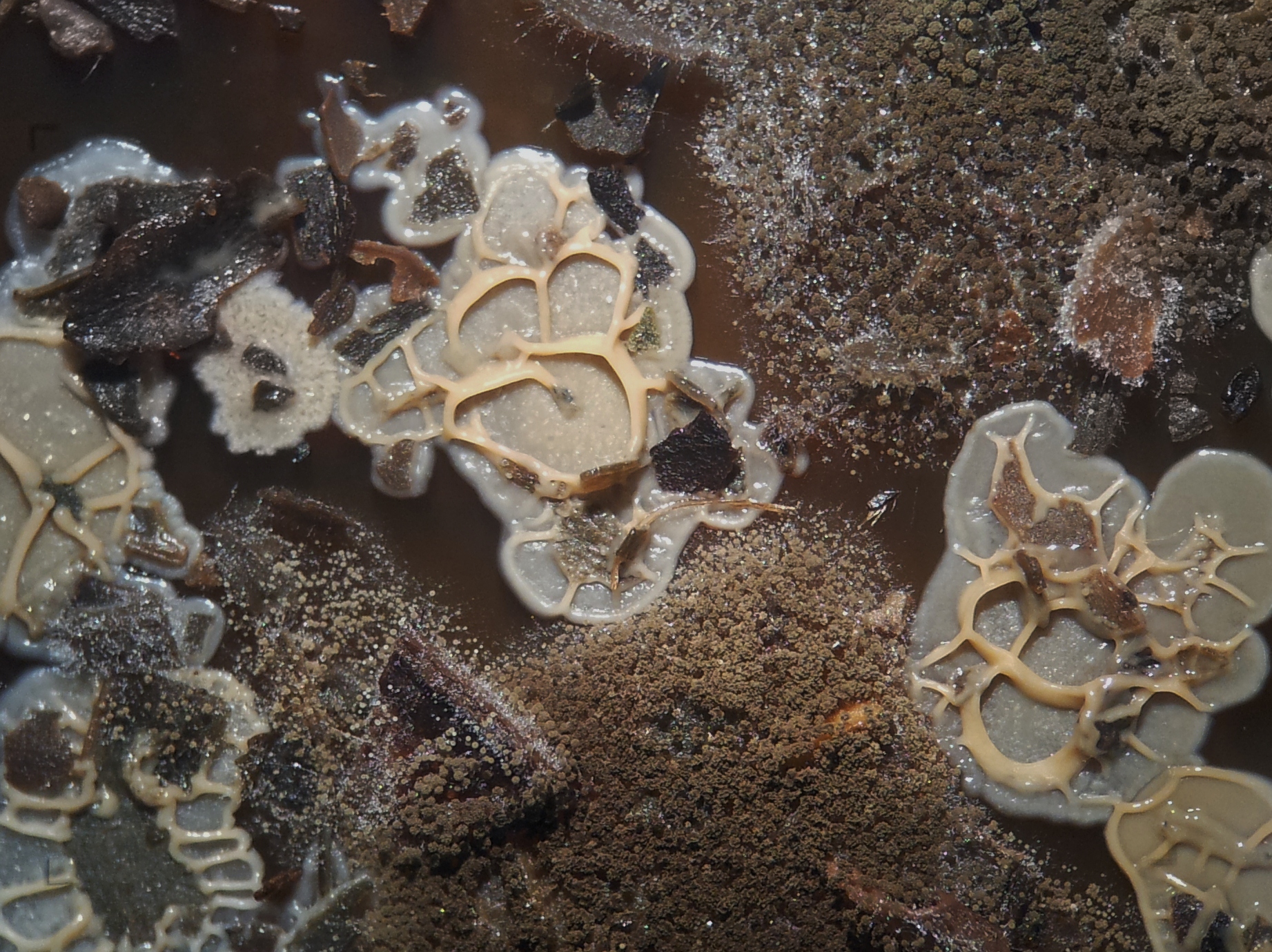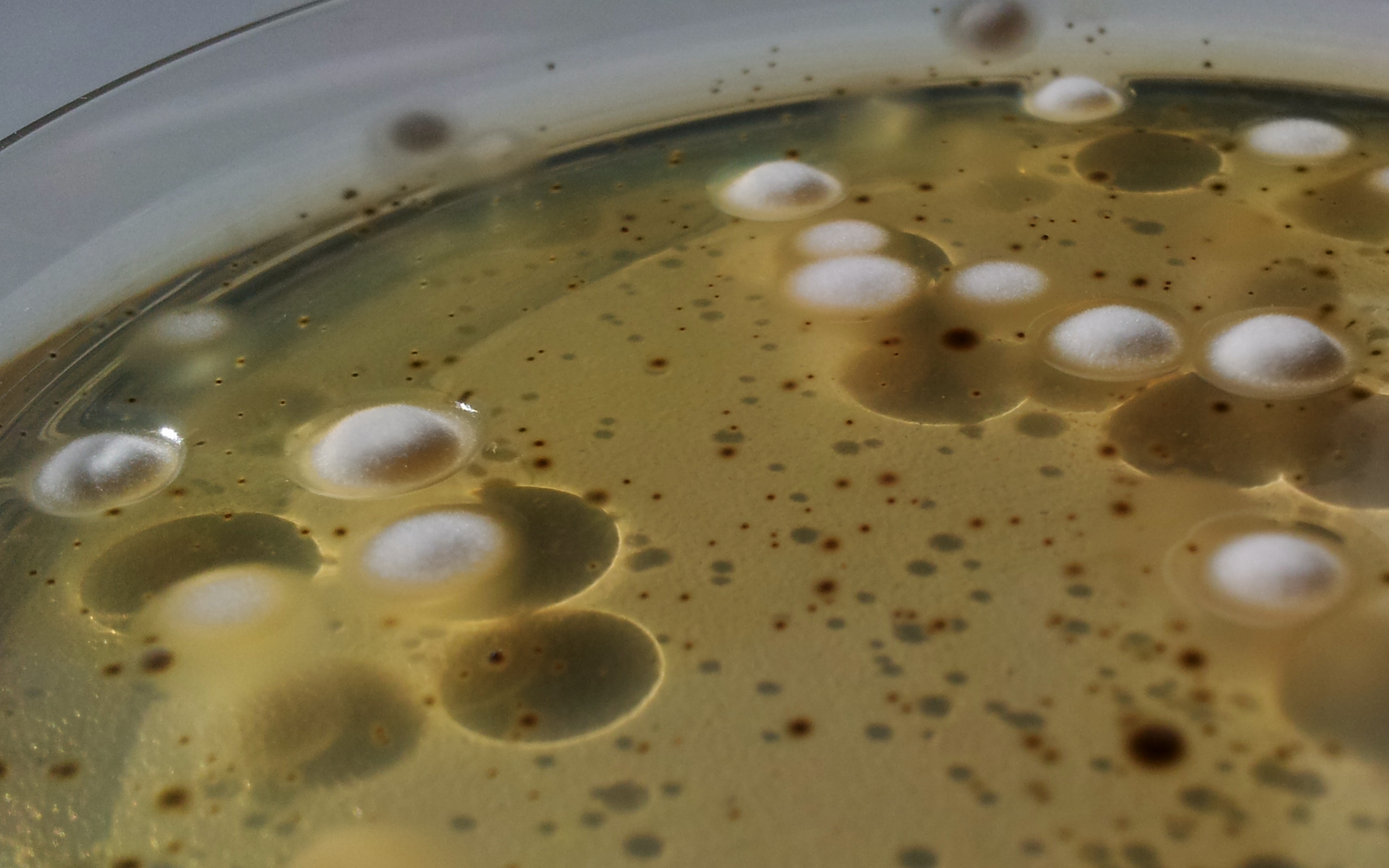Team:TU Darmstadt/problem
From 2013.igem.org
| Line 190: | Line 190: | ||
<br><br><br><br> | <br><br><br><br> | ||
| - | Aflatoxins are one of the most dangerous known mykotoxins, there exist about 20 different types | + | Aflatoxins are one of the most dangerous known mykotoxins, there exist about 20 different types. <img alt="aflab1" src="/wiki/images/5/54/Aflab1_withe.png" width="25%" height="25%" align="right">The important forms from aflatoxin are B1, B2, G1 and G2. The worst is aflatoxin B1, it posses an hugh toxicity and is the strongest known carcinogenic natural material. Commonly contaminated foods are corn, rice, sorghum, nuts and a huge amount of spicery. |
In the year 2008 the german „Bundesamt für Verbraucherschutz und Lebensmittelsicherheit“ tested 88 different probes of rice and in 6,8% they found aflatoxin B1. The highest acceptable amount in europe is 2,0μg/kg and in 1,1% of this rice probes they found a higher amount of aflatoxin B1. | In the year 2008 the german „Bundesamt für Verbraucherschutz und Lebensmittelsicherheit“ tested 88 different probes of rice and in 6,8% they found aflatoxin B1. The highest acceptable amount in europe is 2,0μg/kg and in 1,1% of this rice probes they found a higher amount of aflatoxin B1. | ||
| + | |||
| + | <br> | ||
| + | The three benchmarks are all covered by the detection system we have developed. | ||
| + | <br><br> | ||
| + | <br><br><br><br> | ||
| + | <img alt="fumo" src="/wiki/images/9/96/Fumo_withe.png" width="45%" height="45%" align="right"> | ||
| + | |||
| + | |||
| + | <br><br><br><br> | ||
| Line 200: | Line 209: | ||
| - | |||
| - | |||
| - | |||
For further information on the today standard of dealing with the thread of mycotoxines visit: | For further information on the today standard of dealing with the thread of mycotoxines visit: | ||
<ul type="square" text-aligne:left style="margin-left:65px; margin-right:50px"> | <ul type="square" text-aligne:left style="margin-left:65px; margin-right:50px"> | ||
Revision as of 21:54, 4 October 2013
The Problem of Mycotoxins
Mycotoxins produced by mould fungus are present in our daily life and are harmful for humans as well as for animals.
 Grain, coffee, nuts and pulses are some of the foods commonly contaminated. It is estimated that about a quarter of the world’s food crops is affected [1].
Grain, coffee, nuts and pulses are some of the foods commonly contaminated. It is estimated that about a quarter of the world’s food crops is affected [1].
 The Food and Agriculture Organisation of the United Nations (FAO) and the World Health Organisation (WHO) have developed three benchmarks of risk analysis: risk assessment, risk management and risk communication. Risk assessment involves hazard identification (i.e. type of mycotoxin), hazard characterization (including toxicity and dose-response), exposure assessment (including occurrence in food, levels and amount of food consumed) and risk characterization to assess food safety risks. Using this information, risk management strategies can be put in place and their performance may be evaluated
[2].
The Food and Agriculture Organisation of the United Nations (FAO) and the World Health Organisation (WHO) have developed three benchmarks of risk analysis: risk assessment, risk management and risk communication. Risk assessment involves hazard identification (i.e. type of mycotoxin), hazard characterization (including toxicity and dose-response), exposure assessment (including occurrence in food, levels and amount of food consumed) and risk characterization to assess food safety risks. Using this information, risk management strategies can be put in place and their performance may be evaluated
[2].
Aflatoxins are one of the most dangerous known mykotoxins, there exist about 20 different types.  The important forms from aflatoxin are B1, B2, G1 and G2. The worst is aflatoxin B1, it posses an hugh toxicity and is the strongest known carcinogenic natural material. Commonly contaminated foods are corn, rice, sorghum, nuts and a huge amount of spicery.
In the year 2008 the german „Bundesamt für Verbraucherschutz und Lebensmittelsicherheit“ tested 88 different probes of rice and in 6,8% they found aflatoxin B1. The highest acceptable amount in europe is 2,0μg/kg and in 1,1% of this rice probes they found a higher amount of aflatoxin B1.
The important forms from aflatoxin are B1, B2, G1 and G2. The worst is aflatoxin B1, it posses an hugh toxicity and is the strongest known carcinogenic natural material. Commonly contaminated foods are corn, rice, sorghum, nuts and a huge amount of spicery.
In the year 2008 the german „Bundesamt für Verbraucherschutz und Lebensmittelsicherheit“ tested 88 different probes of rice and in 6,8% they found aflatoxin B1. The highest acceptable amount in europe is 2,0μg/kg and in 1,1% of this rice probes they found a higher amount of aflatoxin B1.
The three benchmarks are all covered by the detection system we have developed.

For further information on the today standard of dealing with the thread of mycotoxines visit:
- Impact of Mycotoxins on Sub-Saharan Africa: Nigeria as a Case Study
- A Framework for Assessing and Prioritising Mycotoxin Risks
 "
"